Me with a baby flounder
My flounder
Big mouth Bullhead
Bullhead
Bullhead & Flounder
We have been out walking quite a bit and have seen a lot of plants and flowers.
Yarrow
Field of wheat
Thirsty work
Thistles on the common providing food for birds like Goldfinches
In front of a Sycamore tree
Snail on a Hogweed stem
Rowan berries
Reed Mace
Meadowsweet
Ivy
Honeysuckle
Hazel nuts
Heather
Hogweed
Harvestman
Eyebright
Water Dock
Dewberry and very tasty it was too
Burdock
Cleavers
Ash tree
We went up the common today and i saw my first Green Woodpecker flying overhead like a torpedo. There are a lot of thistles on the common and we saw a flock of 150+ Goldfinch feeding on them, they were making a lot of noise which sounded really cool. We also saw a dead Shrew and Mole, it looked like they had died naturally because there were no signs that they had been killed by a predator.
A dead mole, you can see his big claw for digging
Off the list are
Flounder
Bullhead
Heather
Ash
Honeysuckle
Hazel
Hogweed
Reed Mace
Mole
Snail
Rowan
Ivy
Sycamore
Wheat
Dock
Burdock
Cleavers
Flounder (Platichthys flesus)
The Flounder is a flatfish. Flatfish live on the bottom of the sea and rivers. They are divided into two groups depending on if their eyes or on the right side of the fish (right handed flat fish) or the left side (left handed flat fish). Flounders are unusual because they can be either left or right handed flat fish. They mainly live in the sea but the young do live in rivers close to the sea as well, they are the only flatfish that can survive in fresh water. They can change their colour to match the background and camouflage themselves. They feed at night and hide in the day.
Bullhead (Cottus gobio)
Is also called 'Millers thumb'. It lives under stones in fast flowing rivers and has a big mouth. Like sticklebacks, the male Bullhead will look after its young. If you want to catch one, gently turn over stones in a clean river. Remember to put the stones back as you found them.
Heather (Calluna vulgaris)
Has pretty purple flowers and is a good food source for caterpillars.
Ash (Fraxinus excelsior)
Is a large tree often used for fire wood as it can be burnt as soon as it is cut, fire wood from other trees has to be seasoned (left to dry out for at least a year) before it can be burnt. The seeds of the ash tree are called 'keys'.
Honeysuckle (Lonicera periclymenum)
Is a climbing plant which means it grows and climbs up other plants (or fences) it has a nice smell. Door mice like to strip the bark off this plant and use it to make their nests.
Hazel (Corylus avellana)
This small tree provides a lot of food for wildlife and humans. Maybe even you have eaten a hazelnut. Lots of British wildlife likes to eat these nuts, i do as well. Because so many animals and birds eat the nuts, finding shells is a good way of telling what wildlife is about. Each animal or bird opens the shell in a different way so collect some opened nut shells from your local wood and take a look at this.....
http://www.discoverwildlife.com/british-wildlife/how-identify-wildlife-feeding-signs
Hogweed (Heracleum sphondylium)
This plant is a member of the carrot family.
Reed Mace (Typha latifolia)
This plant grows around the edges of our village pond. The light fluffy seeds of this plant look like cotton wool. In the old days they used the seeds to stuff in mattresses to make comfy beds.
Mole (Talpa europea)
Most people have seen mole hills but not many people have seen a real mole. I have only ever seen dead ones. Everyone knows they live underground and eat worms. Did you know that moles are a favourite food of Herons, foxes and Buzzards.
Rowan (Sorbus aucuparia)
This tree is often called the Mountain Ash. It has berries which are poisonous when raw but then turn red and provide food for lots of wildlife. Rowan berries are a favourite food of Waxwings which are really pretty birds that sometimes visit Britain in winter.
Ivy (Hedera helix)
People think that ivy kills trees but its actually just a climbing plant that uses trees as support. Sometimes it can get so big that the weight will brake some branches off the tree though. Lots of birds make their nest in ivy and ivy berries provide a good food supply for them.
Sycamore (Acer pseudoplatanus)
This is a big tree and in Autumn you can see the seeds helicoptering down to the ground.
Dock (Rumex crispus)
Grows everywhere and is supposed to be good to rub on stings from nettles but whenever i get stung i can never find any.
Burdock (Arctium lappa)
This is a big plant and the seeds are covered in sticky hairs or burs. The scientific name 'Arctium' comes from the Greek word arktos which means 'a bear' and refers to the roughness of the tiny burs.
Cleavers (Galium aparine)
You probably know these plants as sticky buds. They are great for sticking to your dads back when he is not looking.


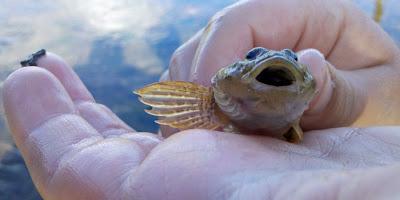





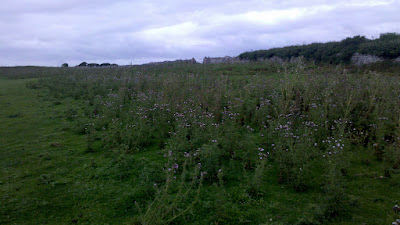




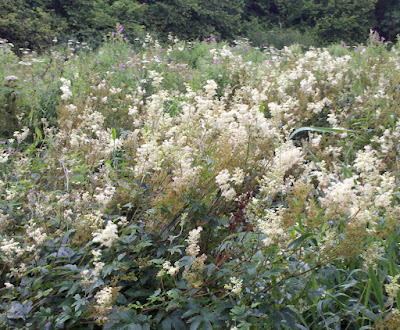





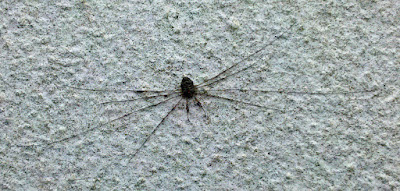


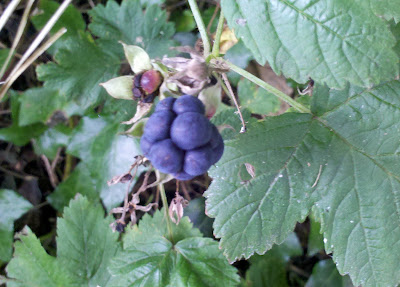




No comments:
Post a Comment